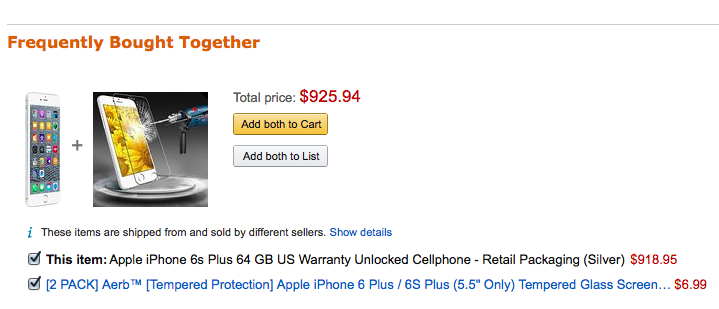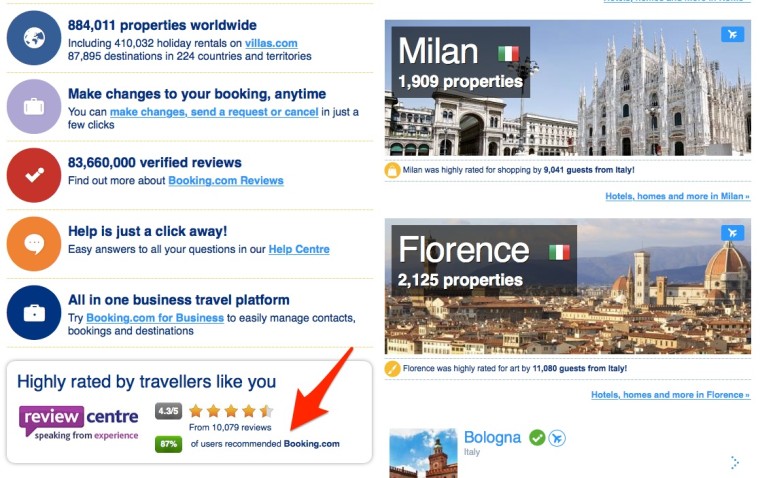Having a business is the dream of many ambitious professionals. One of the biggest challenges that come with that is not only to take the leap and start a company, but to make it profitable. For a number of years, digital marketers were meant to scale up the results of already profitable businesses by advertising online. It has now come to a point where businesses are facing constantly increasing competition and higher costs per acquisition. In other words, it’s harder for many businesses to be profitable. This is particularly true for businesses that rely on a constant flow of customers through paid traffic sources.
However, this is something that you can overcome with the right digital marketing strategies in place. We all know that there is no overnight fix but there are a couple of very common issues that I want to address in this article. Every year, we run a couple of large scale split tests at Zebra Advertisement and research what works and what doesn’t in the world of digital marketing. Over the last couple of months, one of the tests we’ve been running was with over 6,000 businesses, many that depended to a significant degree on online traffic.
From that test, five main strategies emerged that seemed to have the biggest impact on profitability for 66% of the businesses that we tested. Let’s have a look at these strategies:
1. Upsell at the Right Point in Time
Once people took the decision to click on checkout, they are highly receptive to any promotions and upsells. In other words, they already agreed to one thing, so why not add something small that goes well with what they are purchasing anyway?
According to the book Marketing Metrics, businesses have a 60 to 70% chance of selling to an existing customer while the probability of selling to a new prospect is only 5% to 20%.
If you have any upsells to offer, right before customers make the payment is the perfect moment to offer them. If you don’t have any upsells, get some! The worst thing that can happen is that they don’t work out, which is unlikely in my experience. Upsells are a great way to successfully increase the value of the shopping cart right before users check out.
E-commerce businesses have it easier to implement upsells because they can simply promote related items, accessories, and upgrades. Think Amazon’s “customers who bought this also bought” section or GoDaddy’s upsells when you buy domains (e.g. hosting, privacy, certificates and so on).


Own a service business and feel upselling is kind of hard? I totally get where you are coming from. Most service businesses don’t have a shopping cart and consequently no shopping cart value that can be increased. However, that doesn’t mean you can’t upsell in person, via phone, or via email. Allow your customers to add premium services to what they originally inquired about. A performance check after six weeks, two additional hours of consultation to be used before a specific expiration date, a signup for an affiliate program that allows them to earn or be eligible for discounts, 3 for 2 or 2 for 1 discounts—the ideas are endless.
2. Work on Increasing the Customer Lifetime Value
The customer lifetime value matters to both service businesses and e-commerce stores so we will look at each of them below, starting with the latter.
I have worked with many small and large e-commerce businesses, some of which generate profits that exceed a billion dollars. The interesting thing about this is that many of the largest e-commerce businesses in the world convert unprofitably on their first conversion by first-time customers—and they don’t mind. E-commerce businesses typically have 50k products at the very least and it’s a hassle to calculate margins for each of those. They usually set an average maximum cost per acquisition that is calculated not only based on the average margin but first and foremost on the customer lifetime value (CLV or often CLTV). This value refers to how much a customer spends over time.
Service businesses frequently track metrics like many of the smaller e-commerce businesses which is by sale and the amount of each service that is sold. Let’s say a service business offers a bronze package and a platinum package. Frequently, the company calculates how many of those packages were sold. Then they apply the Pareto Principle, often referred to the 80-20 rule and figure out the 20 percent of customers that generated 80 percent of sales. Then they get more of the same.
While this is not wrong, here is another approach that can be more effective if you need to make your business profitable online: calculate how much customers spend over time on your business and use that number as your maximum cost-per-conversion. Then optimize your digital marketing campaigns accordingly and don’t focus on whether each sale is profitable by itself.
The cost the seemingly unprofitable conversion generates will be paid off by the increase in revenue that the customer will be generate for the business over time with the customer lifetime value.
3. Remarket to Engaged Users
Wouldn’t it be great if every single person that visited your website would convert? Well, reality is that is probably never going to happen. However, reality is also that you can significantly reduce the number of people who don’t take action with smart remarketing.
There is no need to show remarketing ads to everyone who came to your website and didn’t convert. Visitors who spend more time on the site, visit more pages, and engage with a business are much more valuable than visitors that don’t show any or show little interest.
Google Analytics comes in handy here because you can segment website visitors based on time on-site and other metrics that help evaluate the level of engagement. Create lists of users based on custom parameters and use these lists in Google AdWords for as a base for your remarketing campaigns.
4. Generate Brand Awareness Online
The reason I am mentioning branding in this article in the first place is that a strong brand is more often than not what makes customers prefer to buy from you over someone else. Amazon and Booking are great examples.

The same is true for service providers. They need to have a strong brand to be more credible and able to back up the quality of their services.
Great branding can generate free and low-cost leads or sales but there is another reason to consider branding. Since we are speaking about how to make businesses profitable online, it is fair to say that not all businesses that are founded will end up being profitable. So if you feel like you’ve tried it all and you are stuck with an unprofitable businesses, build a brand or improve your brand as quickly as you can. Then try to sell the business and put a price on the brand. An unprofitable business is not something anyone wants to buy unless there is a way to turn it around, but a valuable brand is always interesting.
5. Stay With Comfort Zone KPIs
Some businesses can afford to convert unprofitably and reap the rewards with the customer lifetime value. However, businesses that grow organically and don’t have investors or a large budget to spend upfront struggle with basing their online marketing efforts on the customer lifetime value.
In this case, there are only two things you can do: lower costs and increase conversion rates until you are within your comfort zone KPIs.
Lowering the costs and increasing conversion rates goes hand-in-hand in the online world. Higher conversion rates typically result in lower costs-per-click and a lower cost-per-click typically results in a lower cost-per-acquisition.
There are a couple of ways to achieve both of these goals. In order to better control costs of paid traffic, only run ads in the best performing geographic areas. In AdWords, that would mean to exclude certain geographic areas such as zip codes, setting location bid adjustments, testing manual versus automatic bidding, testing ad rotation and delivery as well as frequency capping for remarketing just to name a few.
Furthermore, you can strategically test landing pages. Remember, only one element at a time! Things to test are the text image ratio, button colors and sizes, wording, layout, among other things.
Strategically test ads, also only one element at a time. If you are on a large budget, run a new test every 24 hours. If you are on a small budget, consider doubling it and running the campaign only half the time. So, if you have a monthly budget but have to set a daily budget in the advertising platform—which is the case in Google AdWords for instance—consider running the campaign only two weeks with double the daily budget. This will get you faster split test results and, if you are unprofitable right now, the sooner you know the better.
In Conclusion
There are many ways to make a business profitable online and depending on what business you are working on, some techniques will work better than others. Each company needs to find a scalable system that works best and make decisions based on the available data respectively.
Source:https://www.searchenginejournal.com/5-ways-to-make-your-business-profitable-online/160871/
Source:https://www.searchenginejournal.com/5-ways-to-make-your-business-profitable-online/160871/
No comments:
Post a Comment